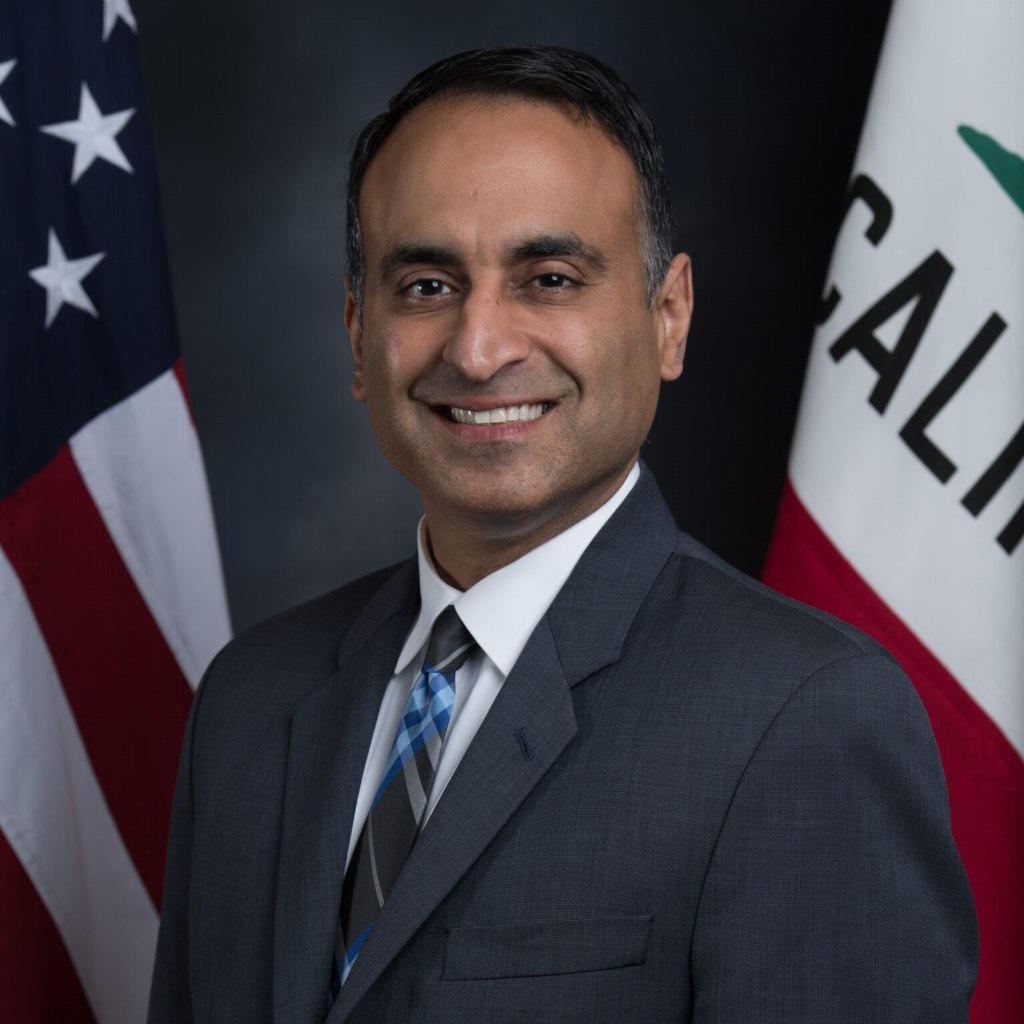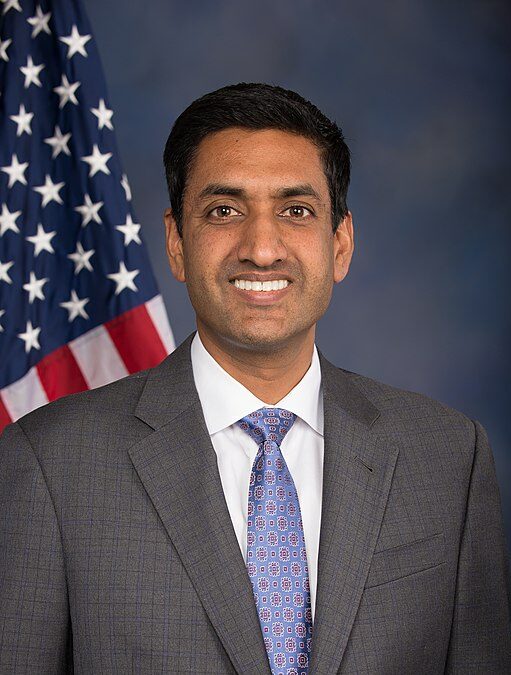deception: how a workgroup bill undercuts Policy for Single Payer Healthcare
THE TRUTH ABOUT SB770
SB 770 & UNIFIED FINANCING
THE TROJAN HORSE
Unlike AB 2200 CalCare, SB 770 is NOT a single-payer policy bill. In fact, what it proposes is that California hold more discussions and more studies of the waiver process. It aims to accomplish this though an unelected “workgroup” to advise the Governor in informal conversations with the federal government about the 1332 waivers needed to capture federal funds for a so-called “unified financing” health care system. Not only does this waste money and time, essentially duplicating the recent work already accomplished by the Healthy California for All Commission, but SB 770 would do this work in the dark, without accountability from political appointees.
The Devil is in the details
UNIFIED FINANCING IS NOT SINGLE PAYER
01
INSURANCE LOOPHOLES
SB 770 uses taxpayer money to fund conversations with for-profit health insurance middlemen, with the objective of keeping them in the public financing pipeline through loopholes. Check out the Insurance Industry Service Word&Brown admission here. Don’t want to say we told ya so, but we told ya so.
An HMO loophole immediately disqualifies a policy bill as Single Payer. And as for the damage? Well, let’s reflect on how Medicare Advantage has infiltrated and is draining funds from traditional Medicare, so much so that it threatens bankrupting the entire system. Unified Financing is not Single Payer. If its was, it would have just said so. Don’t be fooled.
From the Bill:
“The bill would further require the secretary to engage specified stakeholders to provide input on topics related to discussions with the federal government and key design issues, as specified.” Read Entire Bill Here
02
WAIVER CONFUSION
The “waiver conversation” is a classic example of ignorance and putting the cart before the horse. The application for submission of a Section 1332 State Innovation Waiver comes AFTER a policy bill has been passed and enacted. It’s common sense that specific waiver exemptions must be based on enacted policy that details what the waivers are needed for. But common sense isn’t enough, so here it is, the enacted policy requirement, straight from the horses mouth:
“A description and copy of the enacted state legislation providing the state authority to implement the proposed waiver.”
This, as well as other requirements for the application process, are publicly available on the federal government’s website and can be viewed here. It is another waste of tax payer funds and deeply concerning that government officials are unable to make head nor tail of clearly written government instructions, and are instead willing to allow more people to continue to suffer from an inadequate health care system while they further delay with this bill.
03
UNDERCUTS CALCARE
Healthy California Now (HCN), the group that sponsored and put forth SB 770, did nothing short of instituting a campaign against the first CalCare bill AB 1600 by stirring up the same waiver confusion, effectively dividing a movement, and only supporting the bill a week before it went to a floor vote. By then the damage was done. CalCare died on the Assemblyroom floor, marred by insurance money and those posing as single payer leaders.
SB 770 is not complementary to CalCare. Instead, it is an attempt to stroke egos and make way for a new policy bill, in opposition to CalCare, written by this very group, that will likely include loophole language beneficial to the health insurance industry. CalCare eliminates the wasteful and destructive insurance industry from California’s health care system. Make no mistake, SB 770 is an opposition bill making an end run around CalCare for corporate interests. We do not see the SB770 and Healthy CA Now front groups rallying for the single payer policy CalCare AB 2200 with any genuine advocacy. All organizations truly wanting single payer will be energetically on board with CA Nurses Association and CalCare partners lobbying legislators to pass AB2200.
SB 770 provides ‘ an out’ and cover for legislators who can say they want CalCare, but want to wait for the conversations on SB 770 to conclude, which isn’t until 2025, AFTER AB 2200 CalCare is set to move through the assembly.
SB 770 is the Trojan Horse of the Single Payer movement, and does more and more damage the deeper you look.
What Our Legislators Say



THE SCAM
MEDICARE
DIS-ADVANTAGE
The concern with SB 770 is that it’s using taxpayer money to hold conversations with the foxes about the henhouse – developing policy framework for a Medicare Advantage style loophole to be incorporated into a new (not CalCare) ‘Unified Financing’ policy bill. We already know the issues and risks this poses. Beyond more delays, it allows the insurance companies a for-profit opportunity to bleed the system and then blame single payer, justifying the need for a health insurance industry. Look no further than the recent major investigation by the New York Times, revealing the BILLIONS of dollars that were siphoned from American taxpayers through the Medicare Advantage fraud.
"It is important to note that it [Medicare Advantage] is neither medicare nor is it an advantage. I think it will be recognized, in years to come, as probably the biggest heist, the biggest fraud, the biggest transfer of wealth from taxpayers to corporate executives and shareholders.
Wendell Potter
things you should know
QUESTIONS & ANSWERS
What is Single Payer?
Single Payer is a specific health care system where payment for all essential health services are delivered to providers by one entity, a “single payer”, for a given population. There are no middlemen, no insurance companies, no ACOs, just one single, public plan. Removing intermedi
What is Unified Financing?
Unified Financing on the other hand, simply means that the funding for a given health care system starts from a single source. It does NOT necessarily mean that that source is the ultimate payer for health services. Multipayer systems can have unified financing.
Is Medicare single payer?
Medicare is NOT singlepayer. The reason? Medicare Part C (MedicareAdvantage), a program where private insurance companies receive Medicare dollars to provide coverage to seniors. This would be impossible under single payer, where there can only be one payer for services.
Even though the money starts in the single, public, Medicare Trust Fund, it is funneled through other payers, who take a cut from them funding. Therefor, it is not necessarily single payer.
Is Unified Financing Single Payer?
Unified financing does not necessarily mean single payer. For example, Medicare is, in great part, Unified Financing, but not Single Payer. And that distinction matters, because the parts of Medicare that are fragmented have much higher operating costs, administrative overhead, and instances of fraud than traditional Medicare.
This makes sense because fragmentation is the major reason why our health care system is so absurdly expensive, inefficient and inequitable. Fragmentation can, and does, still exist even under systems of Unified Financing that lack a Single Payer.
What is CalCare AB 2200?
CalCare is legislation proposed by The California Nurses Association to guarantee affordable, comprehensive, high quality health care to all Californians by way of a Single Payer Health Care System. There is no ambiguity as to what CalCare will accomplish. The phrase “single payer” is cited throughout the leg summary and in the policy as is outlined in AB 2200.
What is SB 770?
SB 770 is not a health care proposal. It is functionally a study bill, a call for informal conversations between California and HHS over what a system of unified financing might look like.
Nowhere in the leg summary or the language of what SB 770 does is the phrase single payer used, with one minor exception. Instead they use the phrase Unified Financing throughout.
The phrase “single payer” is used in SB 770 twice (three times if you count “new single, government administered funding system”). One of those times is talking about existing law, not SB 770. One of those times is a leg finding about the HCFA Commission, not SB 770
The only time the phrase “single payer” is used in actionable text of SB 770 is a fleeting mention in the context of calling for discussion about a just transition for health care workers. Nothing about the core functions of this study bill, those are all “unified financing“.
What is a Waiver?
Section 1332 of the Affordable Care Act (ACA) permits a state to apply for a State Innovation Waiver (also referred to as section 1332 waiver) to pursue innovative strategies for providing residents with access to high quality, affordable health insurance while retaining the basic protections of the ACA.
Section 1332 waivers are subject to approval by the U.S. Department of Health and Human Services and the Department of the Treasury (the Departments). In order for a section 1332 waiver to be approved, the Departments must determine that the waiver will provide coverage that is at least as comprehensive as the coverage provided without the waiver; provide coverage and cost-sharing protections against excessive out-of-pocket spending that are at least as affordable as without the waiver; provide coverage to at least a comparable number of residents as without the waiver; and not increase the federal deficit.
State Innovation Waivers have been available since January 1, 2017, are approved for up to five-year periods, and can be extended.

ACCEPT NO SUBSTITUTES
SINGLE-PAYER OR BUST!

JOIN THE HEALTH CARE REVOLUTION!
Single Payer Health Care is the solution to our fragmented, expensive, inefficient, and deadly for-profit, health insurance system. Multiple studies have been conducted and shown the overwhelming benefits of a Single Payer system, many which you can find here. Beyond cost savings in the millions for hospitals, businesses and individuals, delivery of care is more efficient and there are better outcomes all around. When providers are able to pay attention to their patients instead of being bogged down with insurance billing, everyone benefits. Unified Financing is an insurance loophole. It is NOT Single Payer. Accept no substitutes.
No Insurance Loopholes
Saves Money
Saves Lives
CALCARE
IS THE
SINGLE-PAYER POLICY BILL
Join the movement and take action for AB 2200 CalCare: The California Guaranteed Health Care for All Act
Common questions
CALCARE ANSWER BACKS
How is CalCare Affordable?
Simply-put, single-payer systems save money, and CalCare is no exception.
Under CalCare, California would spend less money on health care every year than we do under our current system while providing more, comprehensive care to all Californians. Multiple recent studies and a metastudy show that a single-payer health care system would result in lower overall health care costs than our current system. In its April 2022 final report, the Healthy California for All Commission found that under a single-payer model with no cost sharing and long-term care for all, California would save between $32 billion to $213 billion over 10 years compared to our current system. Similarly, an analysis from the Political Economy Research Institute (PERI) in 2017 found that a statewide single-payer health care system in California would reduce net overall costs by 8 percent relative to the existing system.
Will my delivery of care change?
No, CalCare is a simplified payment system that will not disrupt the delivery or quality of health care that Californians have grown accustomed to. On the contrary, CalCare will end persistent disruptions to care that arise from changes in health insurance and provider networks. For example, a visit to the doctor would be adequately reimbursed by CalCare without the need for a prior approval or authorization from an insurer or health plan. Under CalCare, the only thing that would change is how your health care is paid.
what if I travel out of state?
If you are a California resident traveling out of state, it would be no different than what you experience now; your CalCare coverage follows you. Whatever you facility you visit would simple bit the CalCare Trust Fund.
How will you pay for CalCare?
Financing a single-payer system, like CalCare, comes down to combining existing public health care dollars with progressively structured state revenue sources into a single, public program that replaces the enormous premiums, deductibles, copays, and surprise bills that individuals and employers are now paying to insurers and providers. In California, spending by the federal government on public health care programs (Medicare, Medi-Cal, and the Affordable Care Act) already represents close to 40 percent of all direct health care spending in the state while state and local spending represent about another 9 percent. For the remainder of financing, CalCare would replace our current system of insurance premiums, copays, and other cost-sharing – which disproportionately hurts working families – with a progressive financing system in which the vast majority of households would have a net savings.
Will my taxes go up?
Currently, nearly 50% of health care dollars are tax dollars. The remaining will be less than what people currently pay in premiums, deductibles, copays, coinsurance out of pocket expenses. Why? because Single Payer CalCare removes the bloat and inefficiency of a for-profit system. So yes, your ‘taxes’ will go up, but you will pay less over all and receive better coverage & care.
Doesn't calCare need to have financing language?
No, it does not. It is common for opponents of a major policy proposal to attack the proposal based on it being “too expensive” or “not paid for,” but that standard is only selectively applied when there is a big proposal on the table. Financing is just another part of the legislative process, and it is the job of the legislature to decide if a policy is worth implementing and how that policy should be funded.
The California Nurses Association (CNA) is asking that the legislature treat CalCare like any other policy that will eventually need a funding component – that the legislature start the process of considering a policy bill (i.e., holding hearings and debating the legislation) and start the process of debating and developing a financing plan on a parallel track just as they do with every other bill. It’s a fallacy for any legislator or CalCare opponent to argue that funding for a big dollar program/policy must be discussed, agreed upon, and passed first before the legislature ever formally starts considering or has a hearing about a new program.
